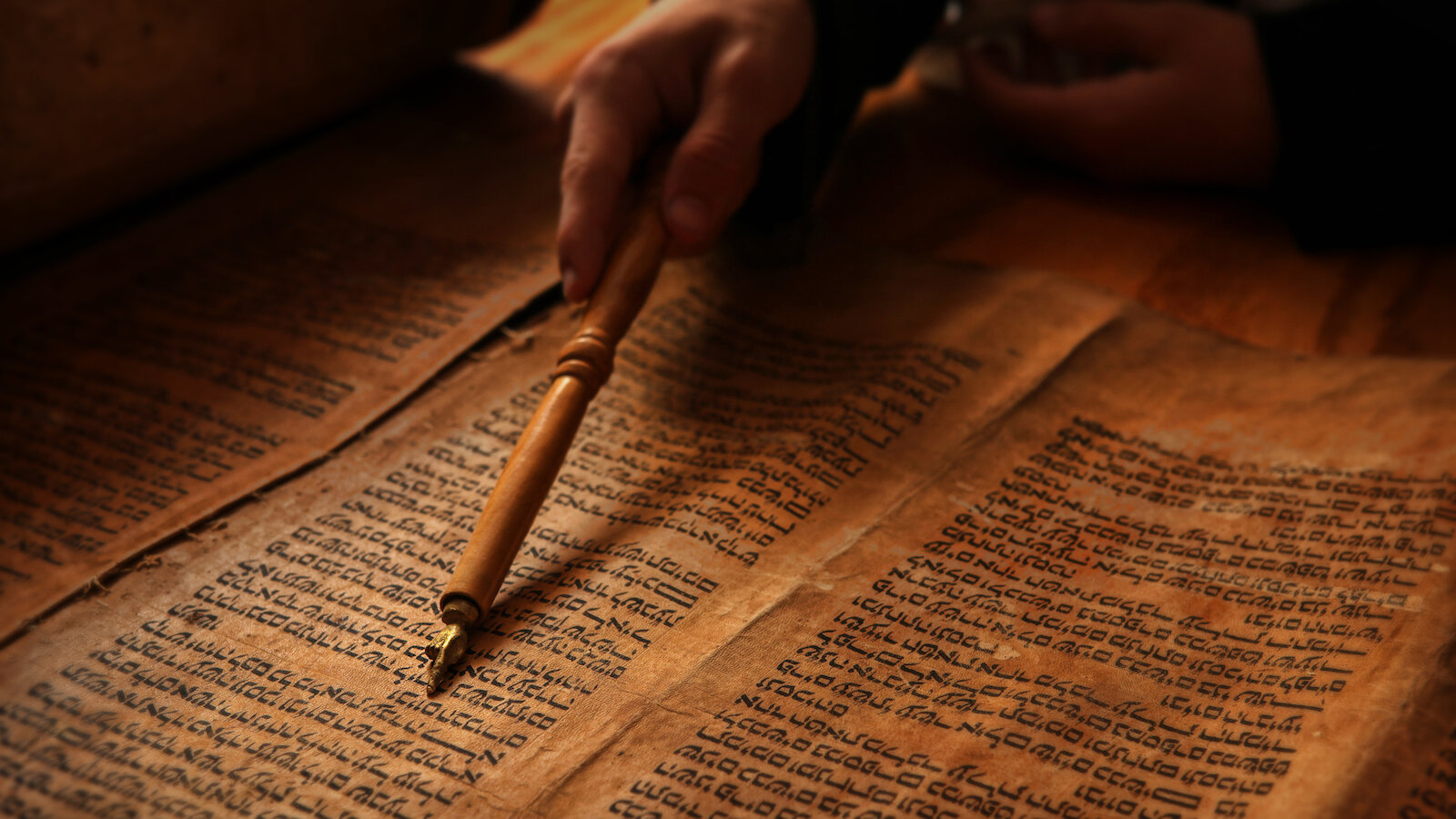
Modern-day scribes telling stories.
(don’t worry, it’s in English!)
When Grief Turns to Dancing
Discover how three national days in Israel - Holocaust Remembrance Day, Memorial Day, and Independence Day - tell a powerful story of grief, resilience, and God’s covenant faithfulness. This article helps Christians understand why these days matter, how they’re connected, and what they reveal about a God who never forgets His promises.
Why The Split?
Have you ever noticed how some years, the Christian celebration of Passion Week and the Jewish observance of Passover appear to be closely aligned, while other times they seem to be out of sync? It may leave you wondering why these two significant holy seasons don’t always coincide. In order to understand this, we need to look into history and examine the calendars followed by each tradition. Let’s explore how the split between Resurrection and Passover occurred and why.
Between Crucifixion And Resurrection
A lament on the day after the crucifixion and the day before resurrection.
What the Last Passover Seder Taught Us About Remembering The Messiah
The Jewish people have been celebrating the Passover for 3,469 years as of this year. However, some 2,000 years ago the Messiah Jesus taught us at that last Passover seder that as we celebrate the Passover, we are to do it now in remembrance of Him. A greater deliverance than the deliverance out of Egypt. We celebrate Messiah in the Passover.
A New Day: The Feast Of First Fruits
This day changes history. You may call it Easter, or Resurrection Day, but Biblically this was known as the Feast of First Fruits, Yom HaBikkurim, and this was the command from Leviticus 23:
"Then the Lord spoke to Moses, saying, 'Speak to the sons of Israel and say to them, ‘When you enter the land which I am going to give to you and reap its harvest, then you shall bring in the sheaf of the first fruits of your harvest to the priest. He shall wave the sheaf before the Lord for you to be accepted; on the day after the sabbath the priest shall wave it.'" - Leviticus 23:9-11
For the Jewish followers surrounding Jesus, they had a rhythm oriented around the last day of the week, the Sabbath. Seventh day rest. The Sabbath has these archaic tones, embedded in the people, reminding them of their ancestral call to stop their work, trust in the provision of God, and enjoy Him. Even more deeply steeped in this tradition was a call to remember, that on that first, seventh day, God ceased from His work, in the holy temple of Eden, and communed with Adam and Eve.
Passion Week Through Jewish Eyes: The Testing BY The Lamb Of God
SO, four times Yeshua is confronted by the religious leaders, and four times He answers and shows Himself to be the perfect Lamb of God without spot or blemish. Scribes, Pharisees, Sadducees, Herodians all put Him to the test.
Now He turns the tables on them and He has a question for the religious leaders…on the last day that Yeshua is speaking publicly so it’s very important to hear what He says. And His last message is about His identity, who is He?
Passion Week Through Jewish Eyes: The Testing Of The Lamb Of God: The Sadducees
A third confrontation was from the Sadducees…
This confrontation was a question of THEOLOGY. It had to do with the Resurrection.
Differences between Pharisees and Sadducees:
Pharisees: Believed in the supernatural (Angels, demons, literal resurrection)
Sadducees: Did not
Passion Week Through Jewish Eyes: The Testing Of The Lamb Of God: Pharisees And Herodians
A second confrontation was from the Pharisees and the Herodians…
This confrontation was a question of POLITICS.
You have to realize that the Pharisees and the Herodians are at opposite ends of the political spectrum.
Herodians (Jews who) supported Roman rule through the Herodian dynasty.
Pharisees did not; They hated Roman rule and the Herodian influence.
These two groups had no common ground. The fact that they would join forces to trap Yeshua tells us something of how seriously both groups viewed Him as a threat.
Passion Week Through Jewish Eyes: The Testing Of The Lamb Of God: Priests And Elders
Entering Jerusalem as He did isn’t the end of the story. Unfortunately, in its modern day observance of Passion Week, it jumps from there right to the crucifixion. Palm Sunday → Good Friday. That is the result of the early church deciding not to follow the Jewish calendar. That decision was made at the Council of Nicea in 325 AD (It was a symptom of a deeper problem). What actually happened after the Triumphal Entry is that He went back and forth from Bethany to Jerusalem every day, and entered into dialogue (confrontation-attack) with four different groups:
The Priests and the elders
The Pharisees and the Herodians
The Sadducees
The Pharisees (take one more shot)
Passion Week Through Jewish Eyes: Setting Aside Of The Lamb Of God
This particular Passover was different from any other Passover. Maybe we should add a fifth question to our Haggadahs: Why is this Passover different from all other Passovers? This Passover is the climax of what Luke chronicles for us beginning in chapter 9:51-19:27 – that “He set His face toward Jerusalem” (v. 51).
Luke’s gospel account at this point represents a dramatic turning point in Yeshua’s ministry. After this, Galilee was no longer His base of operation.
Passion Week Through Jewish Eyes: The 10th Of Nisan
In Matthew 21, as Yeshua is riding into Jerusalem, it would seem that we have the proclaiming of a king. Behold your king is coming to you (Mt. 21:5); Blessed is the coming kingdom of our father David (Mk. 11:10). From all outward appearances it looks as if the people are proclaiming Yeshua to be the long awaited King-Messiah.











